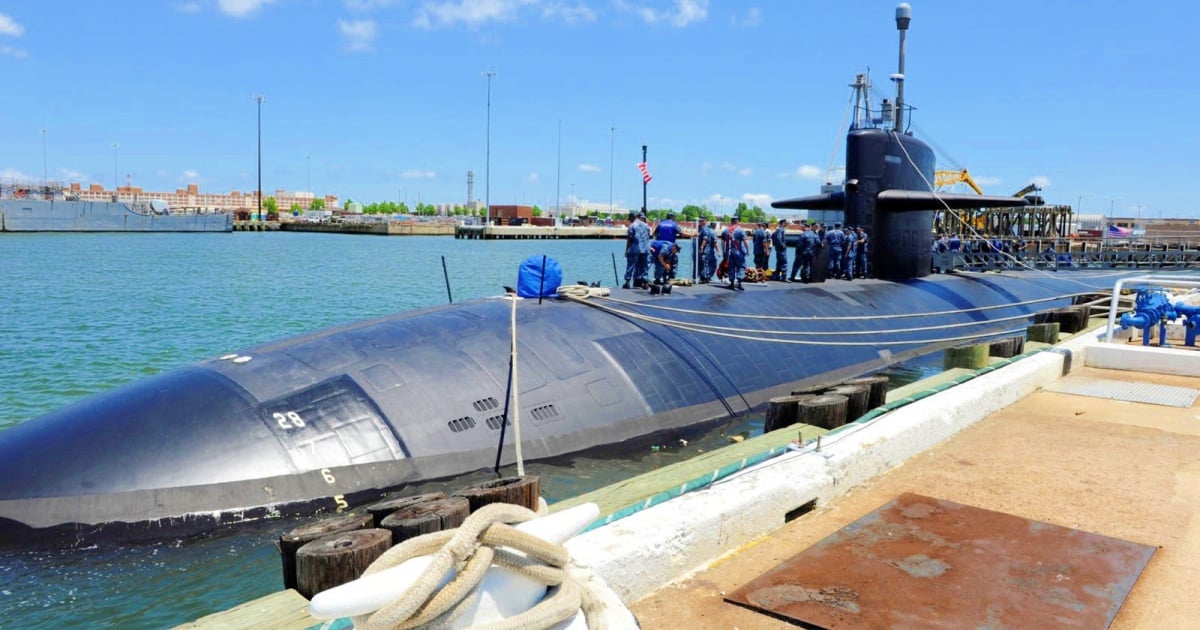
The Cuban government admitted this Friday that it was informed in advance of the arrival of a U.S. nuclear submarine in the area of the Guantanamo Naval Base, and added that it does not like the presence on national territory of a "means of that nature," belonging to a power "hostile" to the island.
"We were aware of their presence, as according to procedures that we have followed for years, the U.S. informed us in advance," stated the Deputy Minister of Foreign Affairs of Cuba, Carlos Fernández de Cossío Domínguez, in statements to journalist Arleen Rodríguez Derivet.
"Clearly, we do not like the presence in our territory and passing through our waters of a means of that nature, belonging to a power that maintains an official and practical policy that is hostile to Cuba," added the senior official from the Foreign Ministry.
Fernández de Cossío stated that visits by naval vessels to a country are usually the result of an invitation, and clarified that this is not the case.
The important thing to remember is the illegal and unacceptable nature of the occupation of a part of our territory by a foreign power against the will of the Cuban people. It is an illegitimate military occupation, and that is what makes the difference," he concluded.
On June 13th, the United States Southern Command reported the arrival of the nuclear submarine USS Helena at Guantanamo Bay, in a move described as a "routine port visit."
The fast-attack submarine USS Helena is currently in the Guantanamo Bay, Cuba, as part of a routine port visit while transiting through the geographical area of responsibility of the US Southern Command as it carries out its mission of global maritime security and national defense," stated the press release published in X.
They added that "the location and the ship's transit were previously planned."
The USS Helena is known for its advanced capabilities and cutting-edge technology, making it a crucial piece in the maritime defense of the United States.
The presence of the USS Helena in the Guantanamo Bay was reported the day after the arrival in Cuba of the Russian nuclear-powered submarine Kazan.
On Wednesday, the United States government had already deployed several warships and an underwater reconnaissance aircraft to track the course of the Russian fleet heading to Cuba.
The U.S. deployment included two destroyers, the USS Truxtun and the USS Donald Cook; the Coast Guard Cutter Stone; and a Boeing P-8 maritime patrol aircraft.
The Russian Navy fleet arrived in Havana on the same day and will remain in Cuba until June 17th.
The Russian fleet docked in Cuban waters includes the Pashin fleet's oil tanker, the Nikolai Chiker salvage tug (SB-131), the modern frigate "Admiral Gorshkov," and the nuclear submarine K-561 Kazan.
What do you think?
COMMENTFiled under: